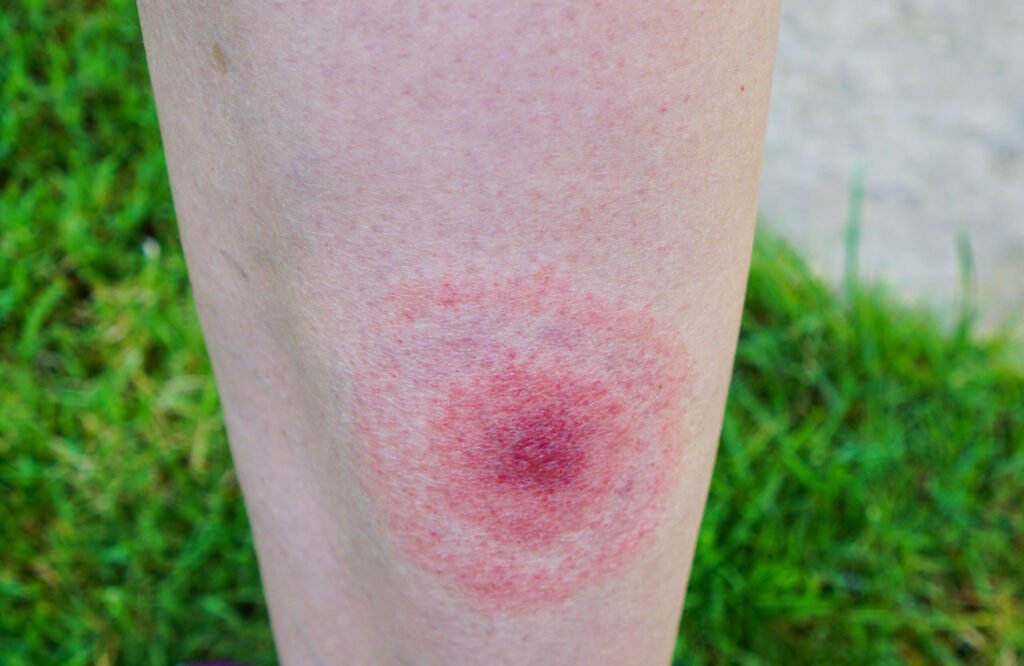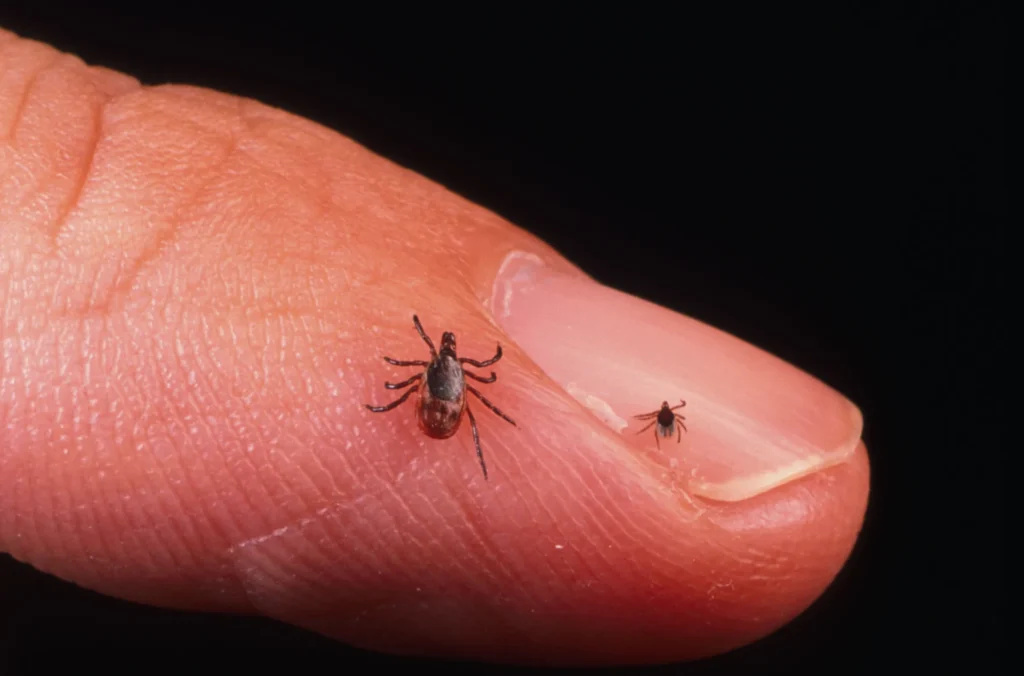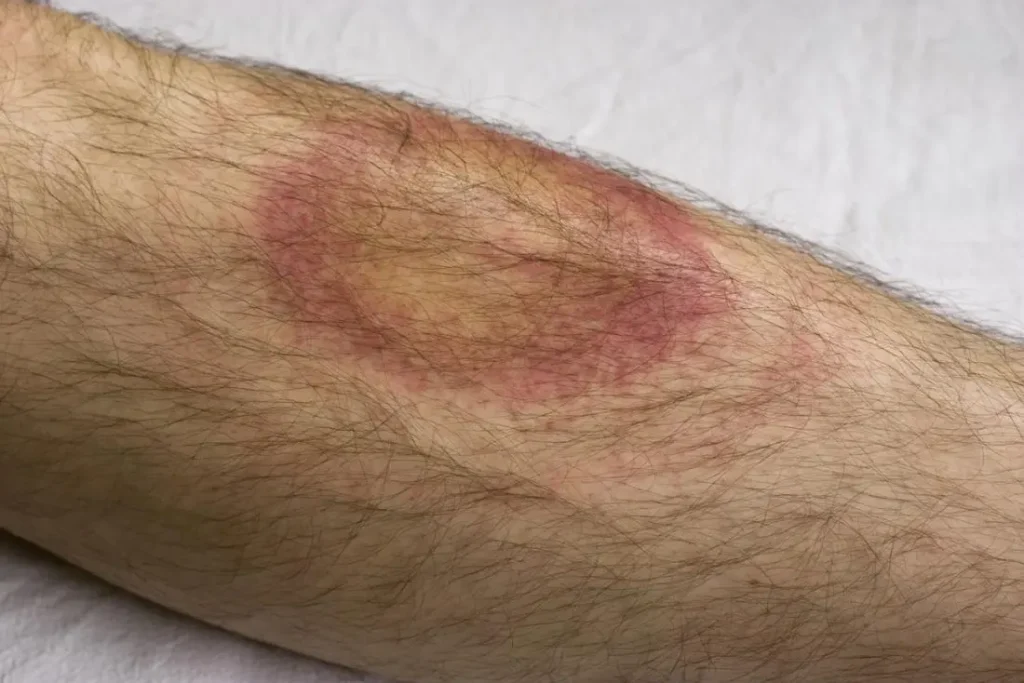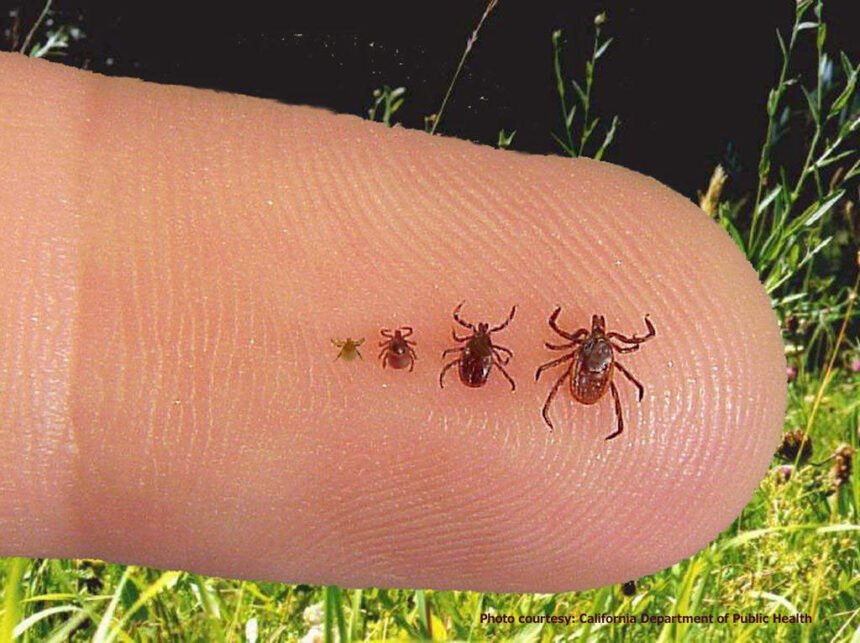Lyme disease, a tick-borne infection caused by the bacterium Borrelia burgdorferi, has been steadily increasing in both Canada and the United States. Once considered rare and confined to specific regions, Lyme disease is now a growing public health concern, affecting thousands of people annually and drawing attention from medical professionals, researchers, and the general public alike. The combination of environmental changes, expanding tick populations, and increased awareness has contributed to the surge in reported cases, highlighting the need for understanding, prevention, and timely treatment.
The following discussion explores the rising prevalence of Lyme disease in North America, its symptoms, potential long-term effects, current treatment approaches, preventive strategies, and the importance of public awareness in combating this increasingly common infection.
The Growing Threat of Lyme Disease
In Canada, reported Lyme disease cases have climbed dramatically over the past decade. Data from the Public Health Agency of Canada (PHAC) indicates 5,239 preliminary cases in 2024, up from only 522 cases in 2014. Similarly, the U.S. Centers for Disease Control and Prevention (CDC) reported 89,470 cases in 2023, nearly triple the number from 2013.
Experts attribute this increase to several factors, including climate change, which has expanded the range and active seasons of ticks. Warmer winters, shorter frost periods, and milder summers create ideal conditions for ticks to survive year-round. Additionally, shifts in wildlife populations, such as deer and small mammals, have increased the likelihood of human-tick interactions, raising the risk of Lyme disease transmission.
Awareness also plays a role. As public knowledge of Lyme disease grows, more cases are being detected and reported. This improved recognition is essential for early diagnosis and treatment, although it also underscores the reality that Lyme disease is becoming a more visible threat across North America.

Understanding Lyme Disease
Lyme disease is caused by the bacterium Borrelia burgdorferi, which is primarily transmitted to humans through the bite of infected black-legged ticks, commonly known as deer ticks. These ticks attach to the skin and feed on blood, allowing the bacterium to enter the human body.
Early detection is critical. Symptoms can appear days to weeks after a tick bite, and prompt treatment often leads to a full recovery. The hallmark symptom of Lyme disease is a distinctive skin rash known as erythema migrans, often shaped like a bullseye. Other early symptoms include fever, headache, fatigue, muscle and joint aches, and swollen lymph nodes.
If untreated, the infection can progress to affect joints, the heart, and the nervous system, leading to more severe and potentially long-lasting complications. Chronic Lyme disease, sometimes referred to as post-treatment Lyme disease syndrome (PTLDS), can result in prolonged fatigue, pain, cognitive difficulties, and neurological issues, even after antibiotic treatment. https://www.cdc.gov/lyme/
High-Profile Cases Highlight Severity
Public attention to Lyme disease has grown, in part, due to high-profile cases involving celebrities. Justin Timberlake, for instance, recently revealed his struggle with Lyme disease, describing “relentlessly debilitating” symptoms, including severe nerve pain and extreme fatigue. Other notable cases include Canadian musicians Avril Lavigne, Justin Bieber, and Shania Twain, each of whom experienced significant health challenges due to the infection.
Lavigne reported being bedridden for five months following her diagnosis in 2014, while Twain experienced dysphonia, a vocal condition caused by Lyme disease that temporarily prevented her from singing. These examples illustrate that Lyme disease is not merely a mild illness; for some, it can be life-altering, causing extended periods of incapacitation and ongoing health challenges.
How Lyme Disease Spreads
The transmission of Lyme disease depends on the lifecycle of infected ticks. Deer ticks acquire the bacterium by feeding on infected animals such as mice, deer, or birds. Humans become incidental hosts when bitten by an infected tick, typically in areas with tall grasses, wooded regions, or leaf litter.
Climate change has significantly influenced tick behavior. Warmer temperatures allow ticks to survive beyond traditional seasonal patterns, while habitat expansion has introduced them into new geographic areas. In Canada, ticks are now active whenever temperatures remain above freezing, creating a year-round risk for Lyme disease.
Additionally, increased human outdoor activity in forested or rural areas can heighten the likelihood of tick encounters, further contributing to rising infection rates.
Challenges in Vaccine Development
Currently, there is no commercially available Lyme disease vaccine for humans. LYMERix, the first vaccine, was withdrawn in 2022 due to insufficient demand despite demonstrated efficacy. Researchers are continuing clinical trials in North America and Europe to develop new vaccines that could provide long-term protection against Lyme disease.
Until an effective vaccine becomes widely available, prevention through tick avoidance, early detection, and prompt treatment remains the primary strategy.

Public Health Implications
The rise in Lyme disease cases presents challenges for healthcare systems and public health authorities. Increased incidence requires greater awareness among clinicians, timely diagnostic testing, and public education campaigns to inform communities about prevention and symptom recognition.
Furthermore, the expanding geographic range of ticks increases the risk for populations previously considered low-risk. Vulnerable groups include children, the elderly, immunocompromised individuals, and outdoor workers. These populations may experience more severe disease and require targeted public health interventions.
The Role of Climate Change
Climate change has played a significant role in the proliferation of Lyme disease. Warmer winters, increased humidity, and shifting animal populations have expanded tick habitats, enabling the spread of Borrelia burgdorferi into new regions.
Public health experts warn that without mitigating climate factors and implementing preventive strategies, Lyme disease could continue to expand, posing long-term risks to both human and animal populations.
Awareness and Education
Raising public awareness is essential to reducing Lyme disease incidence. Community outreach programs, school education initiatives, and accessible information on tick avoidance can empower individuals to protect themselves and their families.
Healthcare providers also play a crucial role by staying informed about current Lyme disease trends, diagnosis protocols, and effective treatment regimens. By prioritizing education and vigilance, communities can mitigate the impact of this growing infectious disease.

Conclusion
Lyme disease represents an evolving public health challenge in Canada and the United States. Rising case numbers, influenced by environmental changes, increased human exposure, and broader tick distribution, underscore the importance of awareness, prevention, and early treatment.
While medical research continues to pursue vaccines and improved therapies, individuals can protect themselves through diligent tick avoidance, timely recognition of symptoms, and consultation with healthcare providers. Public health authorities must also adapt strategies to monitor, educate, and respond to the expanding threat of Lyme disease, ensuring that both current and future populations remain safeguarded.
As climate change and shifting ecosystems continue to influence disease patterns, Lyme disease serves as a reminder of the complex interaction between humans, the environment, and infectious pathogens. Maintaining vigilance, promoting education, and fostering early intervention remain essential components of effective disease control in North America.




